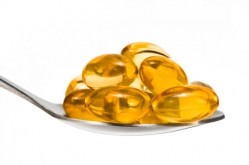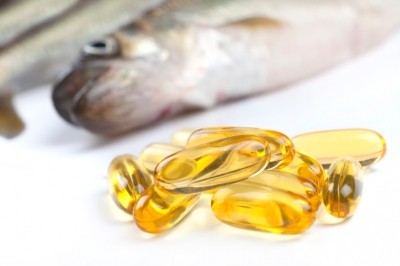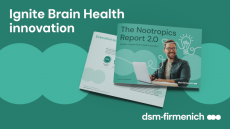IOM, FDA 'intrigued' by potential economic impact of increasing omega-3 intakes: GOED

Almost 85,000 deaths from heart disease could be prevented if intakes of EPA and DHA omega-3 are increased, representatives from the Global Organization for EPA and DHA Omega-3 (GOED) told three officials from FDA's Center for Food Safety and Applied Nutrition (CFSAN) and two representatives from the IOM during a meeting to discuss omega-3 industry issues such as the economic impact of omega-3 consumption, health claims, recommended intakes, upper limits and nutrient content claims.
The science is continuing to grow, and, according to GOED, since 2000 when the last paper cited in the 2005 DRI report was published, the number of randomized clinical trials in humans (RCTs) has increased 228%. In addition, since 2004, when the qualified health claim for EPA and DHA in coronary heart disease (CHD) was released, the number of RCTs has increased 109%.
Since 2009, when GOED and nine other organizations petitioned the IOM to establish clear DRIs for EPA and DHA, RCTs have grown 26%.
Economic assessment
GOED presented data from the Lewin Group that indicated that the healthcare savings achievable by increasing omega-3 intakes in adults over 65 due to reduced hospitalizations in non-fatal primary coronary heart disease was $1.79 billion in 2010. The figures are on the increase, having been $1.24 billion in 2009, and $862 million in 2008.
Harry Rice, PhD, GOED’s VP of regulatory and scientific affairs, told NutraIngredients-USA that FDA and, in particular, IOM were “intrigued by the economic impact information”.
DRI
Another area of discussion was DRIs (dietary reference intakes). Dr Rice revealed that there is a federal steering committee discussing the DRIs in general. “Some nutrients come up more often than others, and the DRIs already established need to be reviewed periodically because the science changes.”
The DRI review process may either set criteria for IOM to determine which nutrient should be considered for a new DRI or set up a submission process through which interested parties could file for a particular nutrient to be considered, said Dr Rice.
“Until the DRI review process is finalized, it is unlikely that IOM will consider setting DRIs for omega-3s,” he said.
UL
Tolerable upper limits (ULs) were also discussed, said Rice, with consideration given to the recent EFSA UL decision (no safety concerns up to a combined dose of EPA and DHA of 5 grams per day) as well as the safety assessment GOED commissioned and the potential opportunity to increase the current US upper limit recommendation of 3 grams/day, resulting from the 1997 Final Rule affirming Menhaden Oil as GRAS.
In 2011, the Norwegian Food Safety Authority (VKM) concluded that there were no adverse effects associated with EPA and DHA intakes up to 6.9 grams per day, and no UL could be established.
However, GOED said that any decision by FDA to increase UL needs to go through CFSAN’s Office of Food Additive Safety as part of a company’s GRAS Notification, not as part of an industry-wide effort by a trade association.
Health claims
Multiple health claims relating to EPA and DHA are approved in a number of different countries, including Japan, Australia, and the European Union. During its meeting with FDA, GOED discussed the use of blood pressure as a surrogate endpoint for CHD, a position the agency has seemingly OK'd in its response letters to qualified health claim petitions.













